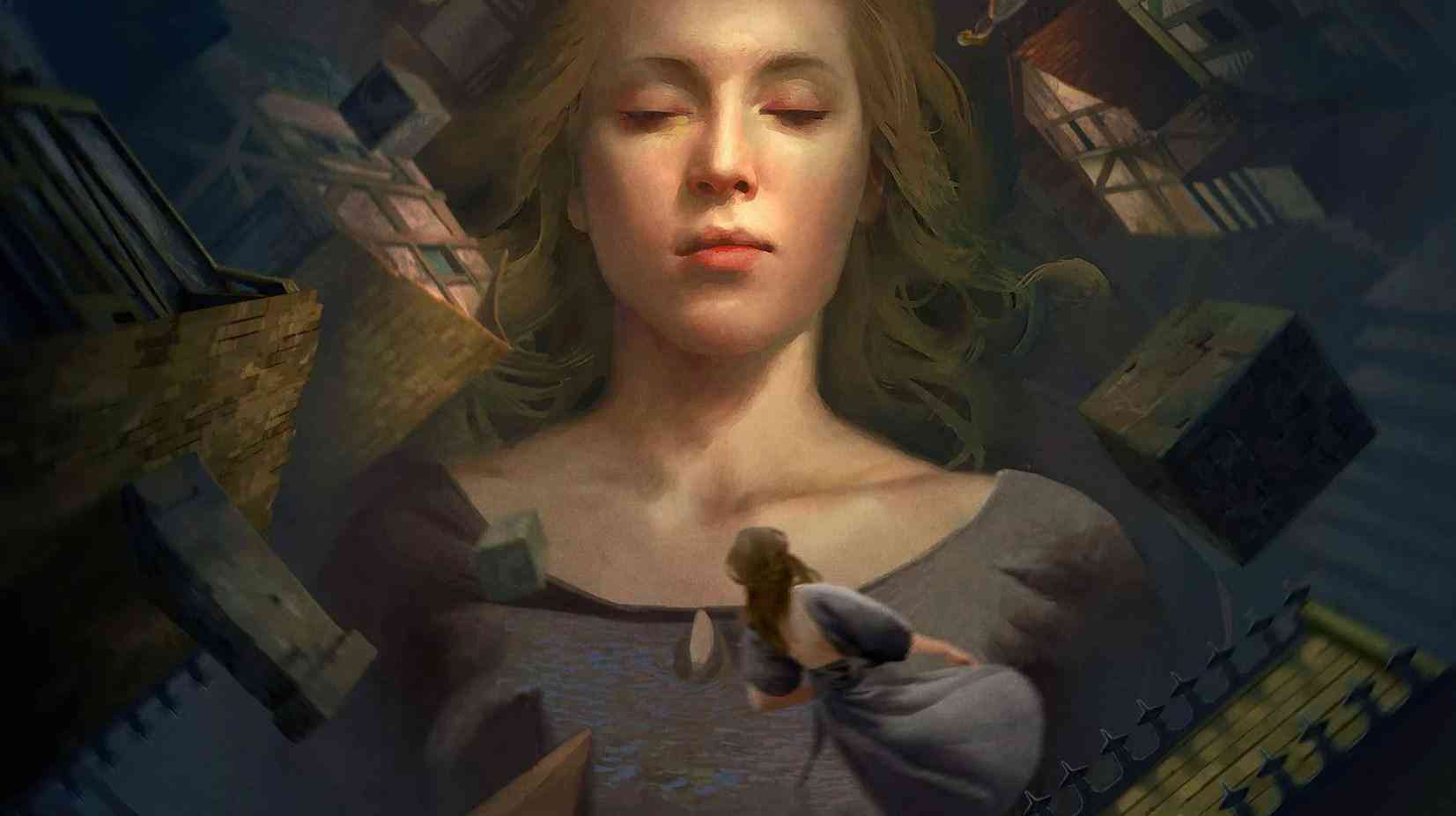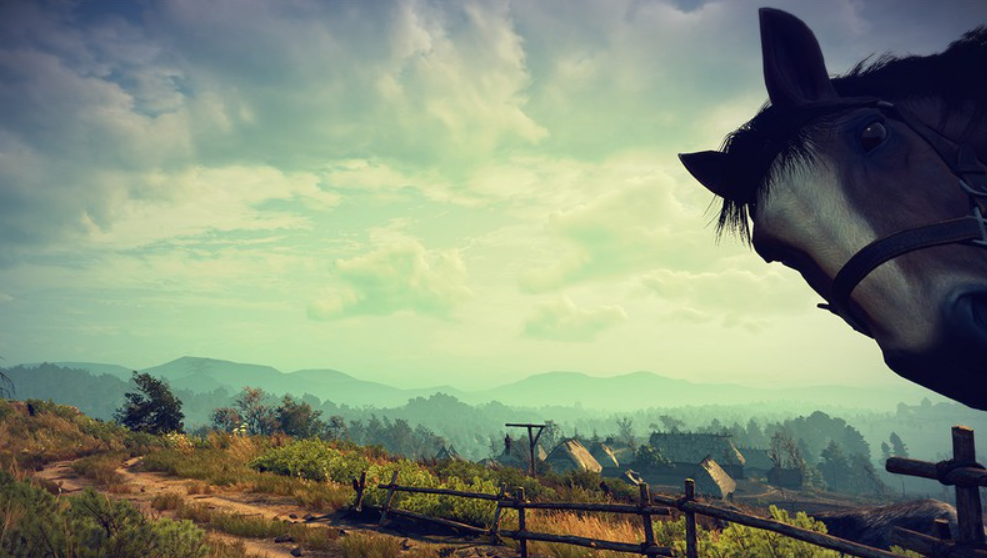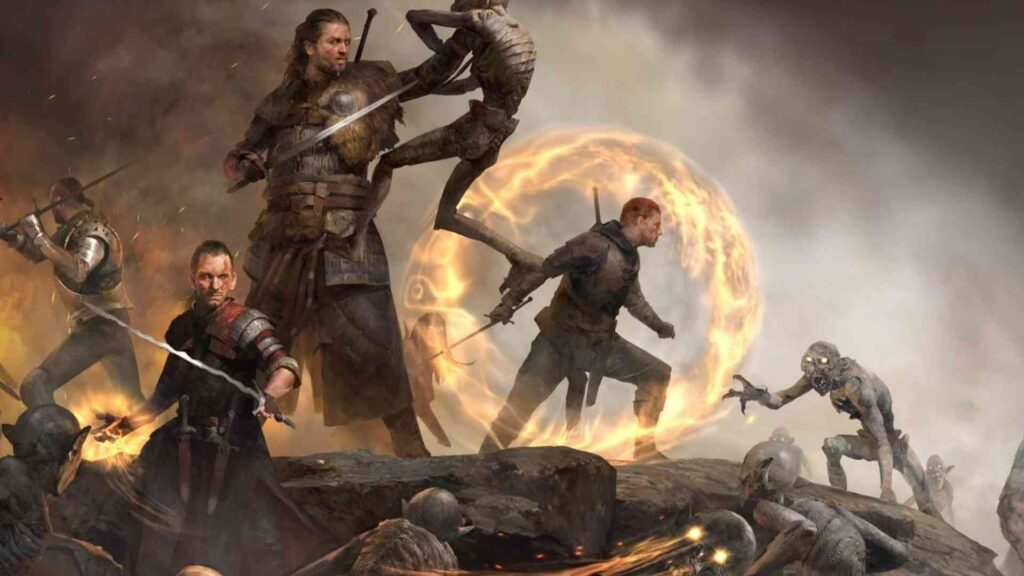There are way over 1000 unique cards in Gwent. And this number only keeps going up. The sheer amount of available options can be quite overwhelming for a new player. But the truth is some cards are simply better than others. Gwent is really generous when it comes to providing players with resources but it can take a long time to collect all the cards available in the game.
So it’s smart to start with crafting the best and most useful cards there are, to make the best use of your precious hard-earned scraps. Which cards to craft first? This is what this series will try to accomplish. Give newer players lists of all the best cards for each faction to provide them with deckbuilding advantage.
This guide obviously won’t mention all the cards worth crafting, only the most important ones to give you a jump-start. In time – if you stick with the game – you’ll own them all anyway.
Read more: Crafting Guides
‘¢ Gwent Crafting Guide: Skellige
‘¢ Gwent Crafting Guide: Scoia’tael
‘¢ Gwent Crafting Guide: Monsters
Contents
Neutrals
The correct place to start are neutral cards. For one simple reason ‘ they can fit in every faction deck. Craft a neutral card once and you can use it almost everywhere. Craft a few of them and you should be able to create six viable decks, one for each faction. So let’s begin.
Oneiromancy
Crafting cost: 800 scraps
When it comes to Gwent there is one very important concept every player needs to get a grasp on. Deck consistency.
Consistency is everything. Every game you will be able to play 16 of the 25 cards your deck consists of. 10 cards you draw at the beginning of the match, 3 cards you draw after the first round and 3 cards after the second. So basically you’ll never see 9 of your cards (we’re assuming here you are not already using cards like Oneiromancy, to illustrate why they are so important).
If the 9 cards you never see are bronzes, great. You still got your golds and you should be fine. But what if the 9 cards stuck at the bottom of your deck are golds? Your best golds? You’re stuck with a handful of bronzes with a serious disadvantage (unless your opponent draws as poorly as you did). But there are cards that let you play other cards from your deck known as tutor cards. Oneiromancy being one of them.
 Oneiromancy
OneiromancySo, to get access to the most powerful card in your deck you either need to draw the card itself or the Oneiromancy which lets you play it. By playing tutors you increase your chances of getting cards you want. And that’s consistency. You can have a deck built with the best cards in the game but that doesn’t help you if you don’t draw them. To sum it up ‘ on average ‘ a consistent deck beats a deck with strong cards but no tutors. And thus consistency. Now that we covered that, let’s talk about Oneiromancy.
Oneiromancy is an awesome card with an echo ability. This means that you can play it twice between rounds. You can use it round one to tutor a specific card and then use it again in a different round to tutor another. And you can tutor any card ‘ whether it’s a unit, special or artifact.
Oneiromancy is pretty expensive in terms of provisions (costing 13) but its value is undeniable. Adding it to a deck drastically improves its consistency. You should craft this card as soon as possible and use it wherever you can.
Maxii van Dekkar
Crafting cost: 200 scraps
Maxii is another card that helps you with consistency. However it’s much more subtle. Maxii simply lets you look at cards in your deck in order they are currently in. Knowing that after round 1 and 2 you draw three cards and you can mulligan 2 of them ‘ Maxii gives you exact information on what you’re going to get. And if you don’t like that outcome (let’s say your most powerful gold is stuck at the bottom so you’ll miss it) you can shuffle your deck and pick a card to put at the bottom.
This does two things. Makes sure you won’t draw the card you move to the bottom (usually your weakest card) and gives you another chance at drawing good cards (since the deck is reshuffled). With a 6 point body and cost of 5 provisions, Maxii is simply a great card to include in every deck. Obviously best when used in round one; as the information it provides is most useful then.
But Maxii’s uses don’t end here, for example it can also be used in Golden Nekker decks. Since Maxii shows your deck in order, you know exactly what Golden Nekker is going to get you (since it plays top unit, top special and top artefact).
To put it simply ‘ don’t hesitate to craft Maxii, it’s a great and extremely useful card.
The Mushy Truffle
Crafting cost: 800 scraps
The Mushy Truffle is a clever card that gives you some nice flexibility. It does two things: lets you spawn and play a bonded unit from your starting deck (so make sure you have them in your list) and later spawn and play Golden Froth which is another 6 points. Playing bonded can be great if used with Little Havfrue (Havfrue plays for 8 if you already have one on the board), Crow Clan Preacher or Illusionist.
Plus the 6 points from Golden Froth gives you many interesting options. It can be used as carryover for the next round (since Truffle stays on the board.) Used to trigger your assimilate engines, utilized to put your cards out of removal range (6 power unit is way harder to kill than a 4 power one.) Or simply played as an alchemy to activate your Crow Clan Preachers.
The value of the card is in its flexibility. If you know how to use it, it will serve you well.
Korathi Heatwave
Crafting cost: 800 scraps
Heatwave is mostly included in decks to counter scenarios which can play for crazy amounts of points if left unchecked. The more people play scenarios, the more people play Heatwave, those two go together.
But the truth is Heatwave will almost always find decent value. Whether it’s getting rid of an annoying engine, tall unit or important carryover like Conjurer’s Candle. There aren’t many situations when you’ll regret including Heatwave in your deck and they usually happen when your opponent plays around it. Which won’t happen a lot when you’re just starting the game and playing on lower ranks.
So, don’t hesitate to craft Heatwave to add a decent removal option to your deck.
Geralt: Igni
Crafting cost: 800 scraps
When talking about removal you simply have to mention Igni. Quite decent choice, very often taking enemies by surprise. Even in Pro Rank. Just remember the card is usually useless in short rounds. Igni loves long rounds, the more cards your opponent plays, the better chances you have for that juicy Igni burn. You can even set it up with damage pings for pretty wild 30+ point swings.
Also there is one more thing about Igni that is worth noting. It’s bloody satisfying. Frying half of your opponent’s row and seeing him instantly forfeit is an experience unique to Igni. And just for that experience the card is worth crafting.
Read more: 10 reward trees guaranteed to get you more ores
Just please keep in mind that including removal options in your deck has to be done in moderation. If, for example, you’re already running Heatwave, Geralt: Professional and Muzzle you shouldn’t really add Igni. It will simply have a hard time finding value since points on the opponent’s side might not reach the required amount with you playing so much removal. Same goes for including Yrden and Igni in the same deck. If you plan on burning enemy units, you probably won’t have anything tall to reset. So, include removal moderately.
Geralt: Yrden
Crafting cost: 800 scraps
Let’s make this clear ‘ this card is cheesy. And binary. It either wins you the game or does absolutely nothing. Still, I would consider it worth crafting if you are a newer player. There are certain metas when running this card which can almost auto-win you half of your matchups. That’s value in itself. Yrden resets all units in a row to their base power which negates the game plan of decks such as knights, thrive or harmony.
This is by no means an auto-include card, rather treat it like a tech card to use when the meta changes. If you keep encountering decks that heavily rely on boosting units ‘ just add Yrden. It can work really well in lower ranks.
Vigo’s Muzzle
Crafting cost: 800 scraps
Muzzle is a pretty great control tool with a lot of utility. It allows you to steal an enemy card of up to 6 power. Ideally that would be an engine to deny its further value. The card gets locked when moved to your side of the board, otherwise Muzzle would be simply too strong.
Just remember you can still Muzzle something and then purify it with Pellar, Ale or any other tool. But even if you play Muzzle on a non-engine unit, it is still a 12-point swing (or lower, depending on power of the unit) which is just good value.
Royal Decree
Crafting cost: 800 scraps
Before Oneiromancy was released, Decree was a tutor of choice for most decks. It’s cheaper in provisions, allows you to tutor only units and can only be played once. Still it’s a decent choice if your deck lacks consistency.
Royal Decree is also very valuable in Golden Nekker decks where cards are capped at 9 provisions. It’s a tutor and a special, so it fits the deck perfectly, basically allowing you to play two units on the same turn with Golden Nekker. Even three if your artifact played by Nekker spawns another unit. That allows some powerful plays.
That said if you have scraps for only one tutor ‘ go with Oneiromancy, it’s simply better in every aspect.
Roach
Crafting cost: 200 scraps
At first glance, Roach seems like an unimpressive card that doesn’t do that much. But the fact is it can be very helpful.
When you play your first gold card in a match Roach will come out of your deck to the battlefield (assuming it’s in the deck, not bricked in your hand). This does two things. First one is thinning your deck. Now instead of 15 cards left in your deck (round 1), there are only 14. This slightly improves your chances of drawing your good cards at the start of rounds 2 and 3. Second one is ‘ Roach gives you 4 points when it is summoned from the deck.
 Roach
RoachSome decks heavily rely on winning round 1 at all cost and they use every resource available to achieve that. This applies for example to engine decks that need time to set up their point generators and usually really badly need a long round.
Overall Roach is a good card that does silent but important work. Just watch out during mulligans and don’t get too greedy as you can end up with Roach in hand which can be very awkward.
Dorregaray of Vole
Crafting cost: 200 scraps (also included in starter decks)
Some factions lack decent control options (looking at you Monsters) and this is where Dorregaray comes in. Obviously if you’re playing Nilfgaard you won’t be using this card, but it can be very useful in other factions.
With a 6-power body and lock on deploy, it’s perfect for answering engines. Just remember your locks are scarce so use him wisely, don’t automatically lock the first thing that hits the board.
Also note the ability reads ‘lock a unit’. So in theory you could for example lock your own Yghern to prevent it from dying when it loses its armor. Good news is Dorregaray is part of your starter decks.
Spores
Crafting cost: 30 scraps
Spores is a very cheap card that can play for a lot of points. For 4 provisions you can reset any unit bringing it back to its base power. It’s especially effective when used on cards like Ozzrel, Sunset Wanderer or Kolgrim ‘ all of them get big boosts while having just 1 base power.
In most match-ups you’ll be able to find at least a semi-decent target for Spores. You can even use it on your own units if they get damaged. Spores is simply a very cheap and very effective card.
Pellar
Crafting cost: 80 scraps
Another unimpressive looking card that can have a big impact is Pellar.
This card purifies a unit on deploy; which has many uses. You can purify an enemy defender so it won’t be able to protect anything. You can purify a lock from your own units to activate them again. You can remove resilience from Ciri or Vandergrift. You can purify Hamadryads from vitality.
This is another tech card many decks include and for a good reason.
Squirrel
Crafting cost: 80 scraps
This little guy is capable of shattering your opponent’s whole plan to pieces. The card is situational but very valuable when used correctly. It simply banishes one card from your opponent’s graveyard so it cannot be reused. And there are plenty of viable targets.
Banishing echo cards like Oneiromancy, Amphibious Assault or Aerondight can win you certain match-ups. You can use Squirrel to get rid of that huge Melusine. You can banish a target for Ozzrel. You can remove a resurrection target for Shani. There are many uses and graveyard hate can be very effective. And that’s the reason why so many decks include Squirrel.
One thing to note: don’t rush crafting Squirrel. To use it properly you need some understanding of how other decks work. You simply must know what are the best targets to banish. So craft it only after you played enough to know how different decks work ‘ at least on a basic level.
This concludes the first part of our crafting series. Next up, we’ll look into the best cards to craft from each faction. Having good faction cards and good neutrals makes it much easier to craft a competitive deck.


